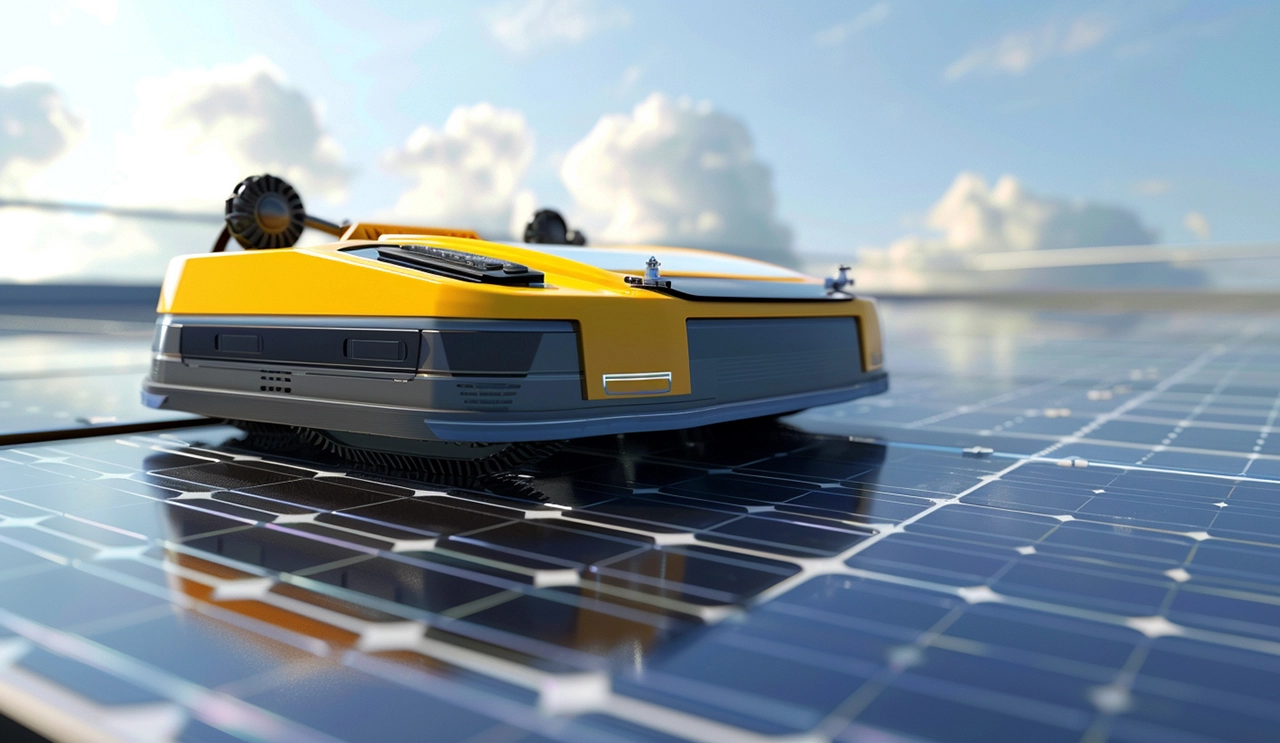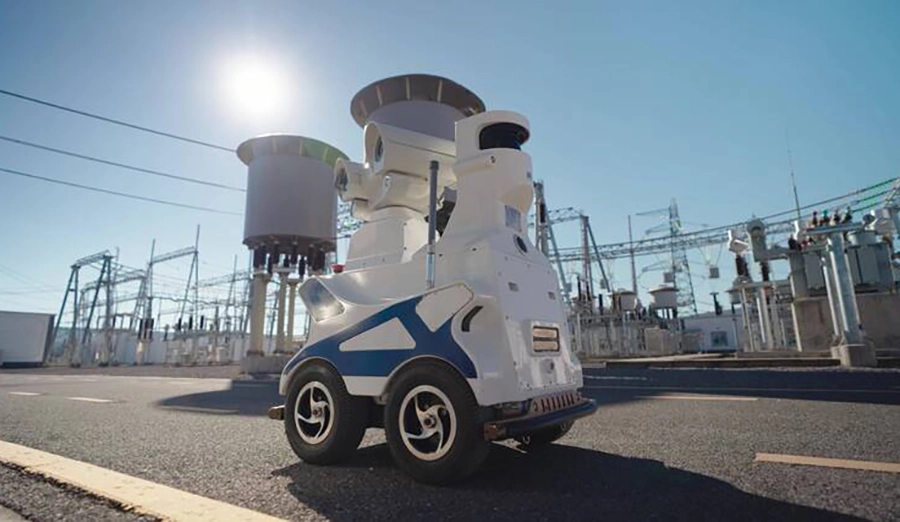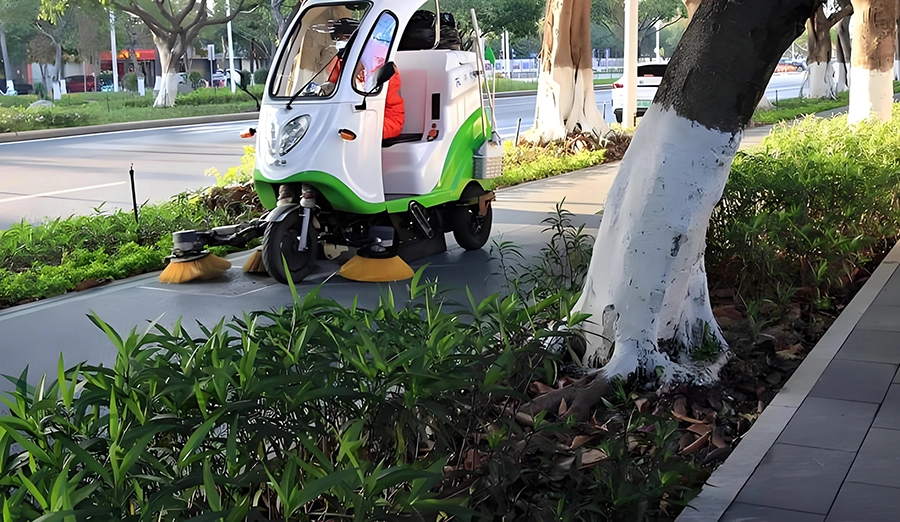
WIRELESS CHARGING IN THE NEWS
In the wave of intelligent manufacturing and smart logistics, automated guided vehicles (AGVs) have become the "blood vessels" of modern factories, undertaking core tasks such as material handling and production line connection. According to Interact Analysis, the global AGV market size reached 4.5 billion US dollars in 2023. The key bottleneck restricting its efficiency - the charging method - is undergoing a technological leap from contact to non-contact. Due to their characteristic differences, these two charging modes are opening up exclusive application territories in different industrial scenarios.
Contact charging: The stable and efficient "industrial bloodline"
Contact chargers achieve physical connection through metal brushes or conductive slides. Their power transmission efficiency is as high as 95%, and the equipment cost is only one-third of that of wireless solutions. This kind of "plug-and-pull" charging dominates in standardized scenarios such as automotive manufacturing and heavy industry assembly. For instance, the 600 AGVs deployed at Tesla's Shanghai Gigafactory, within the pre-planned charging area, precisely connect with mechanical arms through laser positioning. A 10-minute fast charge can support four hours of operation. In the field of cold chain warehousing, the low-temperature dedicated charging piles developed by German Linde forklifts can maintain stable contact in an environment of -30℃, ensuring the continuous operation of refrigerated AGVs.
However, the risk of electric sparks brought by physical contact (especially in chemical and dusty environments) and the problem of contact wear (brushes need to be replaced on average every 5,000 charges) have prompted the industry to explore safer alternatives. The practice of Fanuc in Japan's semiconductor workshop shows that the frequency of equipment downtime and maintenance caused by contact charging is 47% higher than that of wireless solutions.
Wireless charging: The "Energy Invisible Network" of Flexible production
The non-contact wireless charger is based on the principle of electromagnetic induction or magnetic resonance. It achieves long-distance power transmission between the buried transmitting coil and the on-board receiving end, and is particularly suitable for complex scenarios with high dynamics and multiple paths. In JD Logistics' Asia No.1 warehouse, 200 AGVs equipped with 7.6kW wireless charging modules can automatically trigger "fragmented charging" during picking intervals, extending the average daily effective operation time by 2.1 hours. In medical Settings, the Swisslog hospital logistics robot from Switzerland utilizes a 15kHz wireless charging system to completely eliminate the risk of electric sparks, ensuring safe energy replenishment in ICU areas where the oxygen concentration exceeds 21%.
The breakthrough application of this technology is reflected in clean workshops and the field of food processing. The magnetic resonance wireless charging piles deployed at the Philips Electronics factory in the Netherlands, with their IP69K waterproof design and millimeter-level alignment tolerance, enable AGVs to charge without waiting after being washed and disinfected, increasing the production line switching efficiency by 30%. However, at present, the 85% transmission efficiency of wireless charging and the relatively high initial investment (about 12,000 US dollars per device) have limited its popularity in heavy-load scenarios.
Technological competition and cooperation as well as scene differentiation
The current industrial sector presents a "dual-track parallel" charging pattern: contact-type charging, with its high cost performance, firmly holds onto structured scenarios such as automobiles and metallurgy; Wireless charging is expanding rapidly in flexible demand fields such as e-commerce, healthcare, and food. Market research by SICK sensors in Germany shows that the penetration rate of wireless charging in newly added AGVs reached 38% in 2023, and it is expected to exceed 55% by 2026. In the future, as GaN semiconductor materials enhance wireless transmission efficiency and modular charging floor tiles reduce deployment costs, non-contact charging may become the mainstream choice for smart factories, while contact technology may retreat to niche markets under extreme working conditions.
This iteration of charging technology is not only a transformation in the way energy is transmitted, but also a microcosm of the transition of the production paradigm in the era of Industry 4.0 towards flexibility and intelligence. When AGVs are completely free from the constraints of time and space for charging, humanity will be one step closer to the ultimate vision of a "dark factory".







